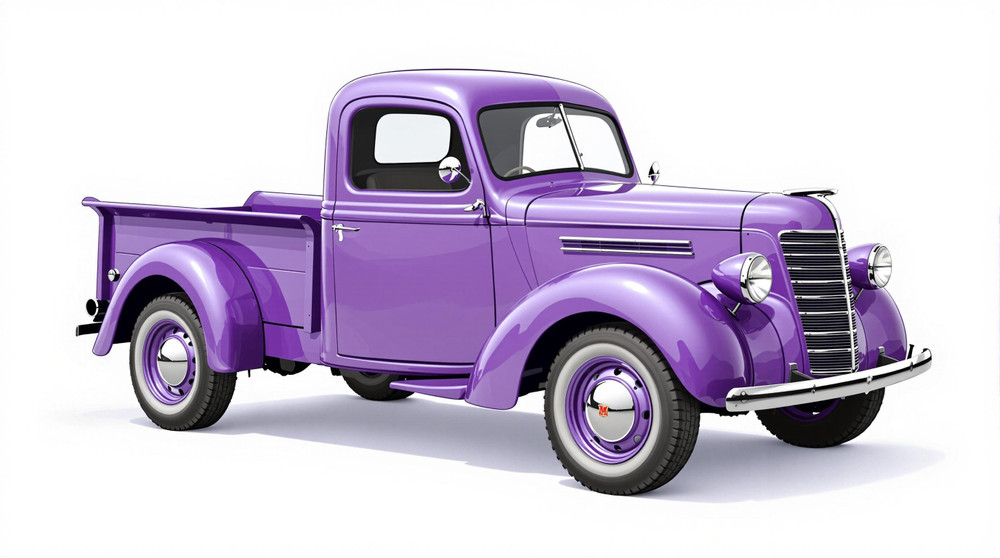Image of 1939 Willys Mb, Note: These illustrations use artistic license and may differ from actual historical models.
Performance Metrics
Fundamental Metrics
Emotional Appeal
MMP Rating
| Engine Specifications | |
|---|---|
| Engine Options: | L134 Go Devil |
| Displacement Range: | 134.2 cu in (2.2 L) |
| Horsepower Range: | 60 hp at 4000 rpm |
| Torque: | 105 lb-ft at 2000 rpm |
| Compression Ratio: | 6.48:1 |
| Ignition System: | 6-volt electrical system |
| Cooling System: | Liquid-cooled |
| Performance Specifications | |
| 0-60 Time: | Not available |
| 1/4 Mile Time: | Not available |
| Top Speed: | 65 mph |
| Transmission and Drive | |
| Drive Type: | 4WD |
| Transmission Type: | 3-speed manual |
| Fuel and Efficiency | |
| Fuel System Type: | Carter WO-596S one-barrel downdraft carburetor |
| MPG: | 15 mpg |
| Dimensions and Brakes | |
| Brakes: | Hydraulic drum brakes |
| Wheelbase: | 80 in (203 cm) |
| Weight: | 2,337 lb (1,060 kg) |
Note: Specifications for classic cars are given to the best of our ability, considering the limited and variant data available.
The Quintessential Military Workhorse: The 1939 Willys MB
The 1939 Willys MB is not just a vehicle; it's a rolling testament to ingenuity and resilience. Born out of the urgent needs of World War II, the Willys MB, commonly known as the Jeep, is an icon of American military history. Its manufacturer, Willys-Overland Motors, won the contract to produce a light reconnaissance vehicle for the U.S. Army, and the result was a vehicle that would become synonymous with rugged capability.
The Willys MB's unique fact that captures the imagination is its integral role in World War II. It was the go-to vehicle for various military tasks and is often credited with helping the Allies win the war. Its design was so successful that General Dwight D. Eisenhower once listed it as one of the primary instruments that won the war.
Design and Innovation
The exterior of the 1939 Willys MB was designed with functionality in mind. Its flat, slatted grille, round headlights, and compact body were all crafted for maximum efficiency and ease of repair on the battlefield. Inside, the MB was sparse and utilitarian, with sturdy materials meant to withstand the rigors of war. The dashboard was simple, with only the essential gauges and switches.
Technologically, the Willys MB was ahead of its time with features like four-wheel drive and a powerful engine capable of handling rough terrain. Color options were limited during wartime production, with olive drab being the color of choice for its camouflage properties. The most iconic body style was the open-top with a fold-down windshield, which allowed for better visibility and versatility.
Historical Significance
The Willys MB's impact on automotive design is undeniable. It set a precedent for off-road vehicles and influenced the design of civilian Jeeps post-war. What set it apart from contemporaries was its lightweight frame combined with a robust four-wheel-drive system, which allowed it to traverse terrain that other vehicles couldn't.
Performance and Handling
Performance-wise, the Willys MB wasn't about speed—it was about endurance. With a top speed of around 65 mph and modest acceleration, it was built to last rather than to race. Handling was exceptional off-road; it could take on steep inclines and navigate through challenging environments with ease. Driving a Willys MB provided a visceral experience—the roar of its engine and the rugged ride were unmistakably martial.
Ownership Experience
Originally designed for military use, after the war many surplus Jeeps were sold to civilians and used for everything from farm work to exploration. Maintenance is straightforward due to its simple mechanics, making it a favorite among enthusiasts who enjoy hands-on restoration.
Fun Facts
A fun fact about the Willys MB is that it is often considered the grandfather of today's SUVs. Despite common criticisms about its comfort and on-road handling, its legacy is untouchable. It has appeared in countless war films and even had a role in the famous D-Day landings.
Collector's Information
Today, a well-preserved 1939 Willys MB can fetch anywhere from $20,000 to $30,000 or more depending on its condition and authenticity. While exact production numbers are difficult to pinpoint, it's estimated that over 350,000 units were produced during its run. The value of these vehicles has been appreciating as they become rarer and more sought after by collectors.
Conclusion
The 1939 Willys MB is more than just a classic vehicle; it's a symbol of American resilience and innovation during one of history's most challenging periods. Its design simplicity, rugged performance, and historical significance make it an enduring favorite among collectors and history buffs alike. As we look back on the automotive marvels of the past, the Willys MB stands out as a true pioneer that helped shape the world we know today.
1939 Willys Mb Catalog of Parts
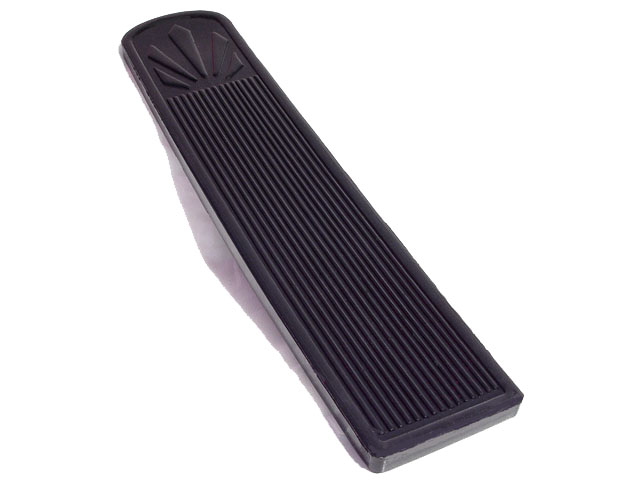 1939 Willys MB Accelerator Pad. 2" Wide X 9-3/8" Long. Each-AP 35Accelerator Pad. 2" Wide X 9-3/8" Long. Each
1939 Willys MB Accelerator Pad. 2" Wide X 9-3/8" Long. Each-AP 35Accelerator Pad. 2" Wide X 9-3/8" Long. Each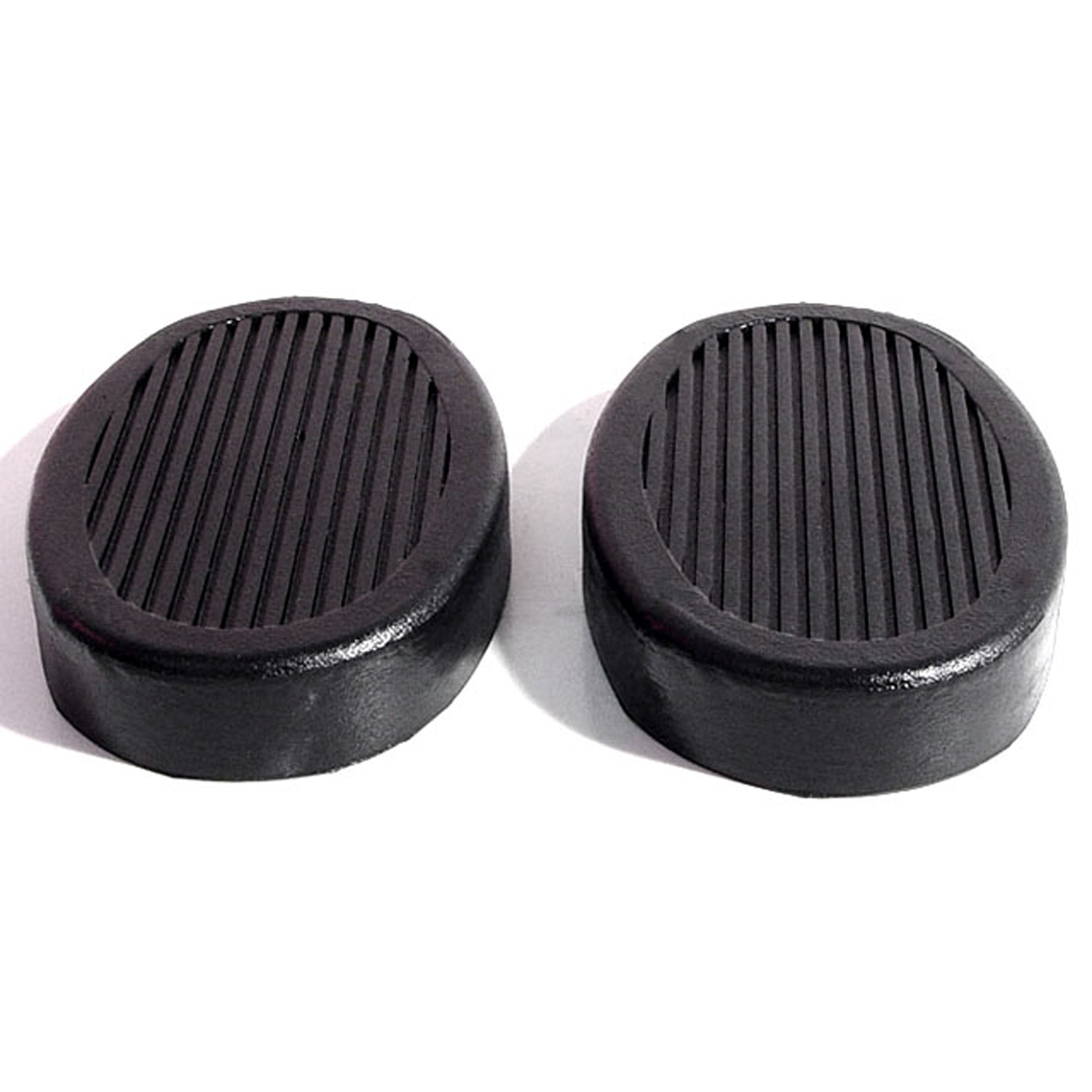 1939 Willys MB Clutch and Brake Pedal Pads. Exact reproduction-CB 96Clutch and Brake Pedal Pads. Exact reproduction. 2-3/16" wide X 3-5/16" long. Pair
1939 Willys MB Clutch and Brake Pedal Pads. Exact reproduction-CB 96Clutch and Brake Pedal Pads. Exact reproduction. 2-3/16" wide X 3-5/16" long. Pair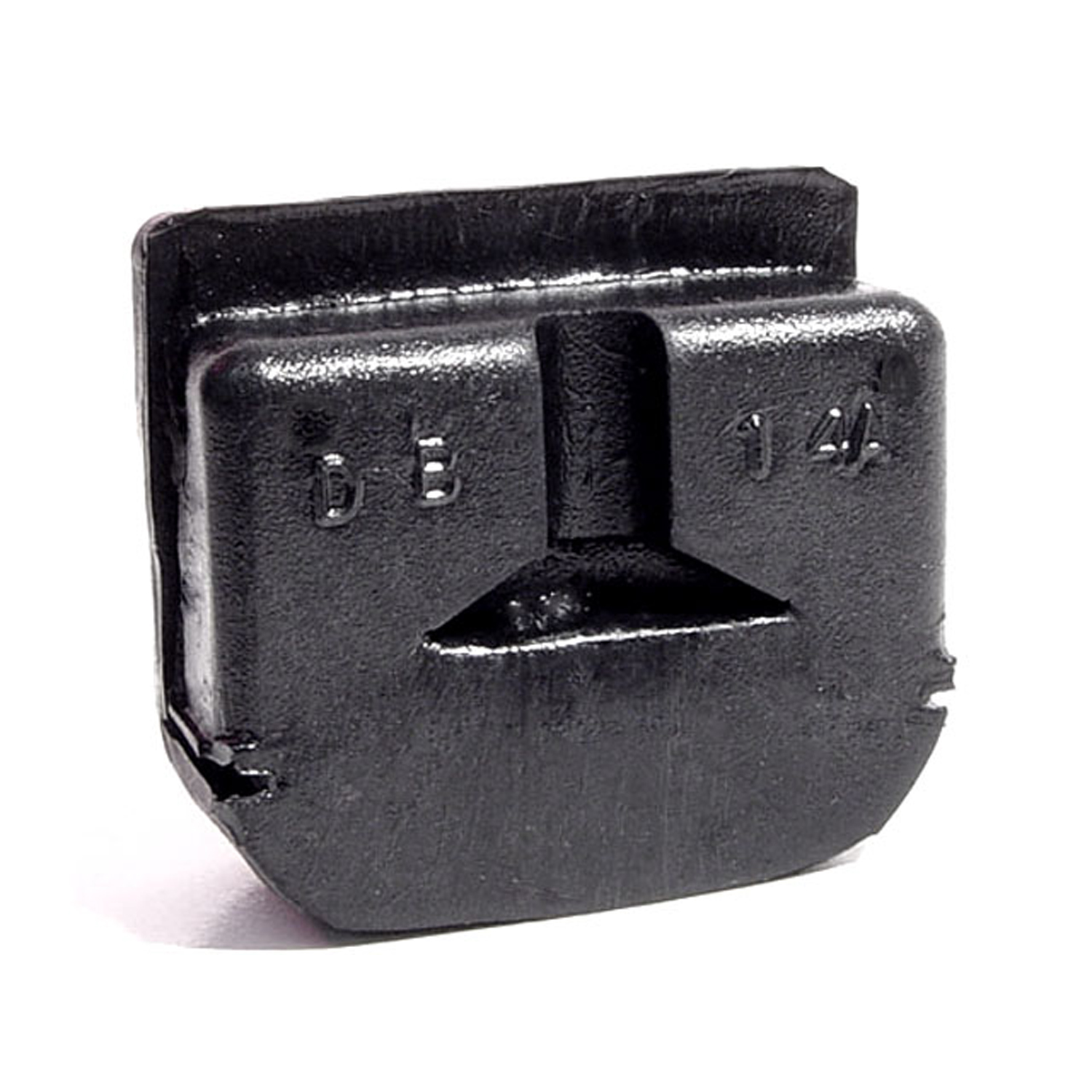 1939 Willys MB Door Bumper. Exact reproduction-DB 14-ADoor Bumper. Exact reproduction. 1-3/16" high X 1-9/16" wide X 9/16" thick. Each
1939 Willys MB Door Bumper. Exact reproduction-DB 14-ADoor Bumper. Exact reproduction. 1-3/16" high X 1-9/16" wide X 9/16" thick. Each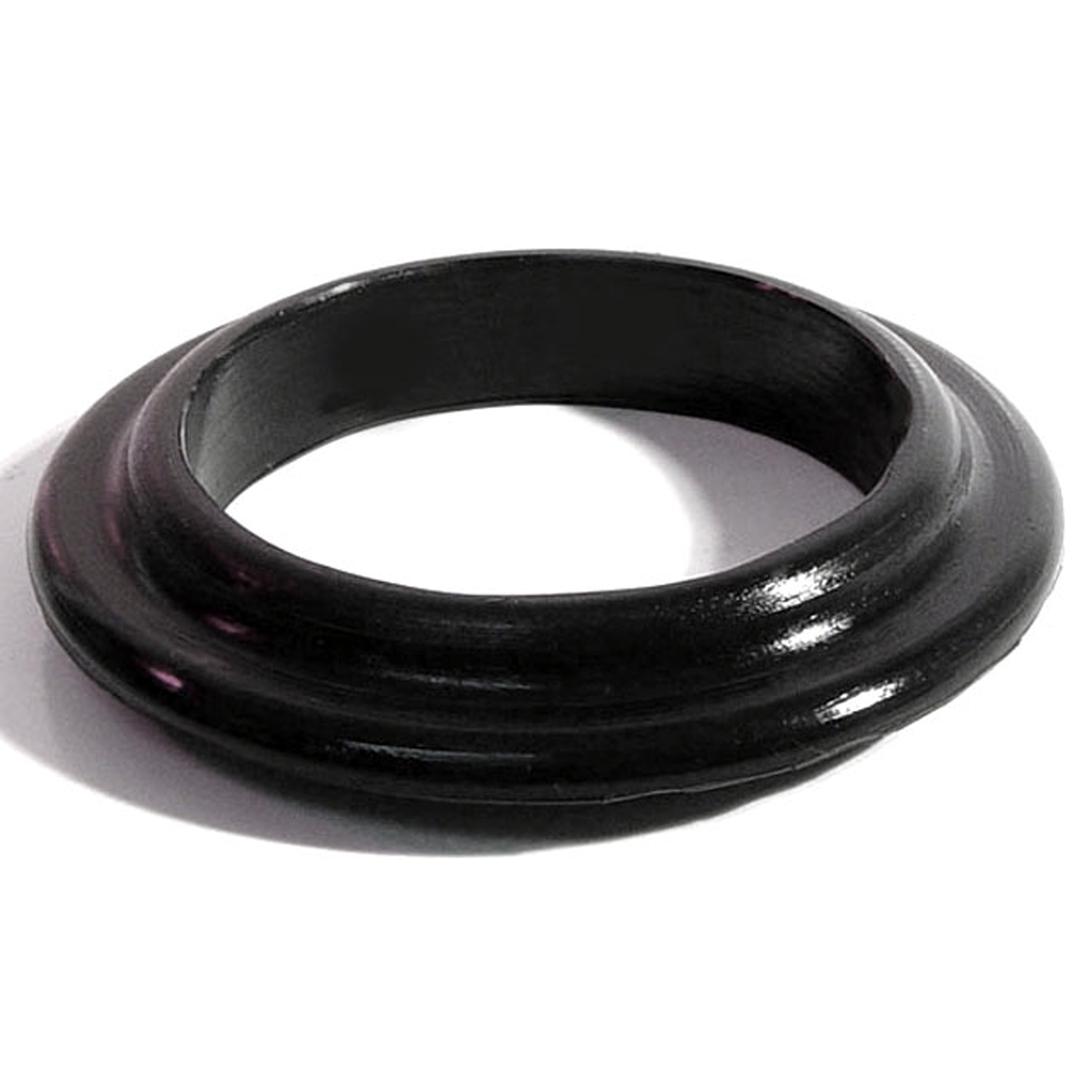 1939 Willys MB Gas Filler Grommet. 2-1/4" I.D., 3-1/4" O.D. Each-GF 29Gas Filler Grommet. 2-1/4" I.D., 3-1/4" O.D. Each
1939 Willys MB Gas Filler Grommet. 2-1/4" I.D., 3-1/4" O.D. Each-GF 29Gas Filler Grommet. 2-1/4" I.D., 3-1/4" O.D. Each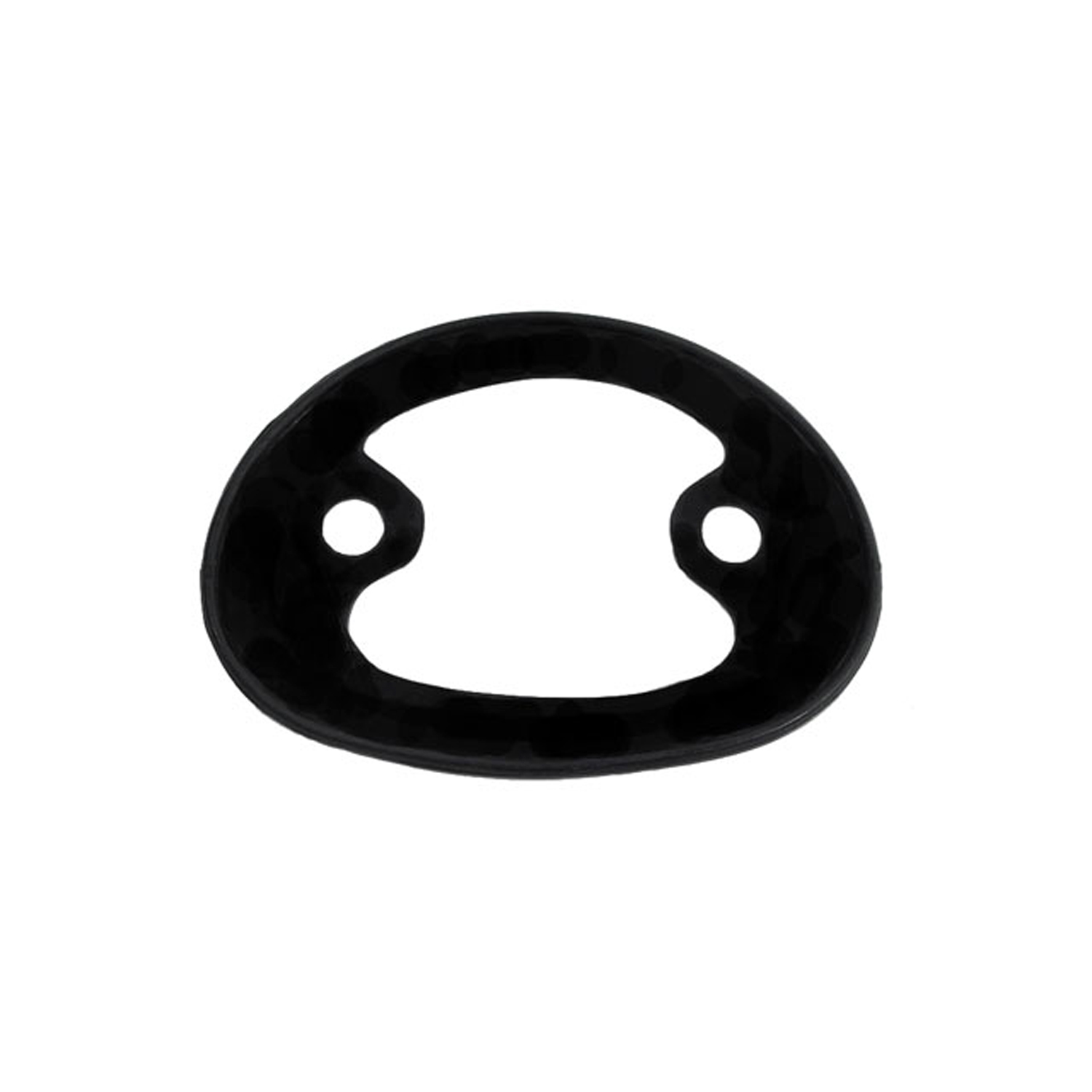 1939 Willys MB License Light Pad. 5-1/2" wide X 4-1/8" long. Each-MP 1303-BLicense Light Pad. 5-1/2" wide X 4-1/8" long. Each
1939 Willys MB License Light Pad. 5-1/2" wide X 4-1/8" long. Each-MP 1303-BLicense Light Pad. 5-1/2" wide X 4-1/8" long. Each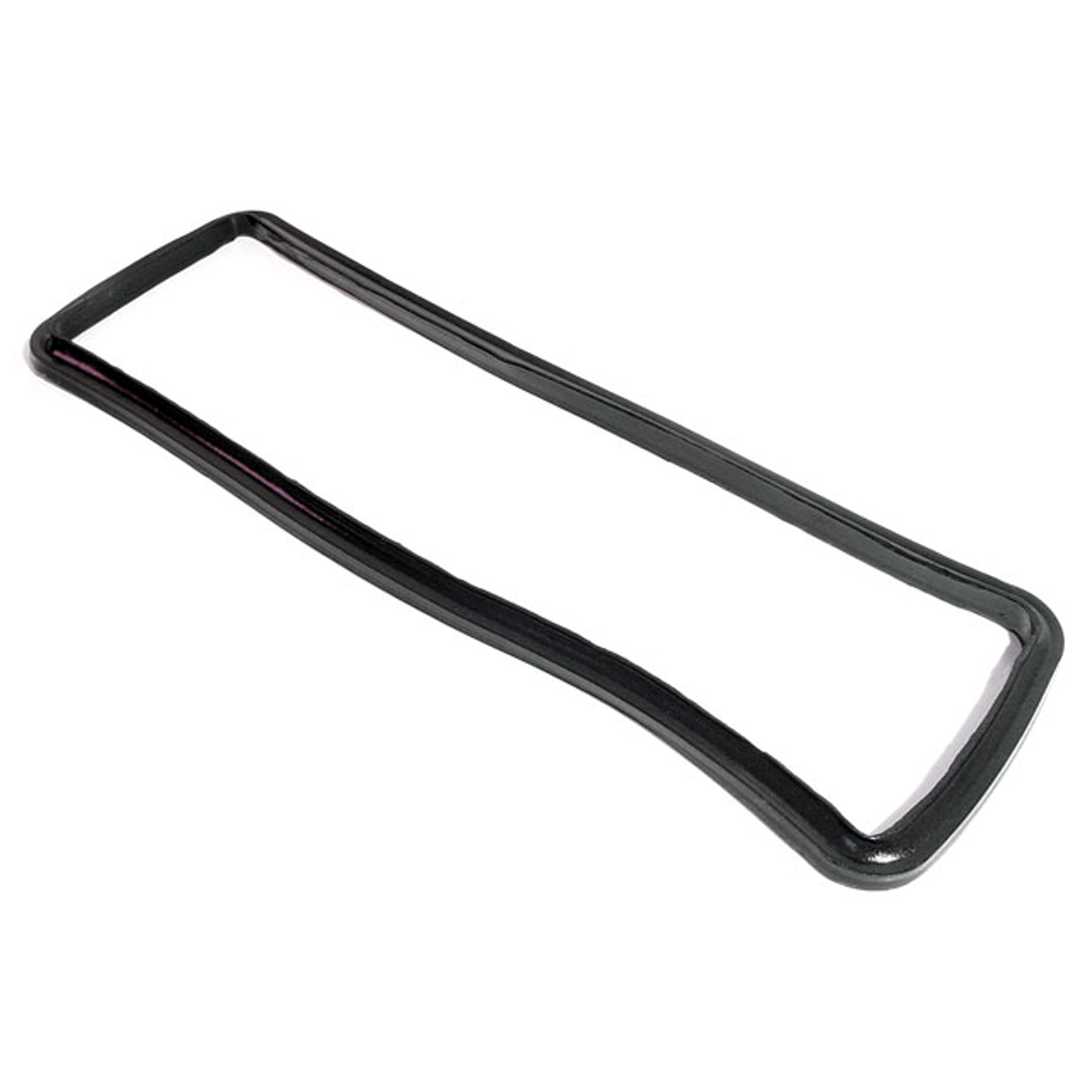 1939 Willys MB Cowl Vent Seal. Made of molded sponge-RP 100-GCowl Vent Seal. Made of molded sponge. 3-3/4" wide X 11-1/4" long. Each
1939 Willys MB Cowl Vent Seal. Made of molded sponge-RP 100-GCowl Vent Seal. Made of molded sponge. 3-3/4" wide X 11-1/4" long. Each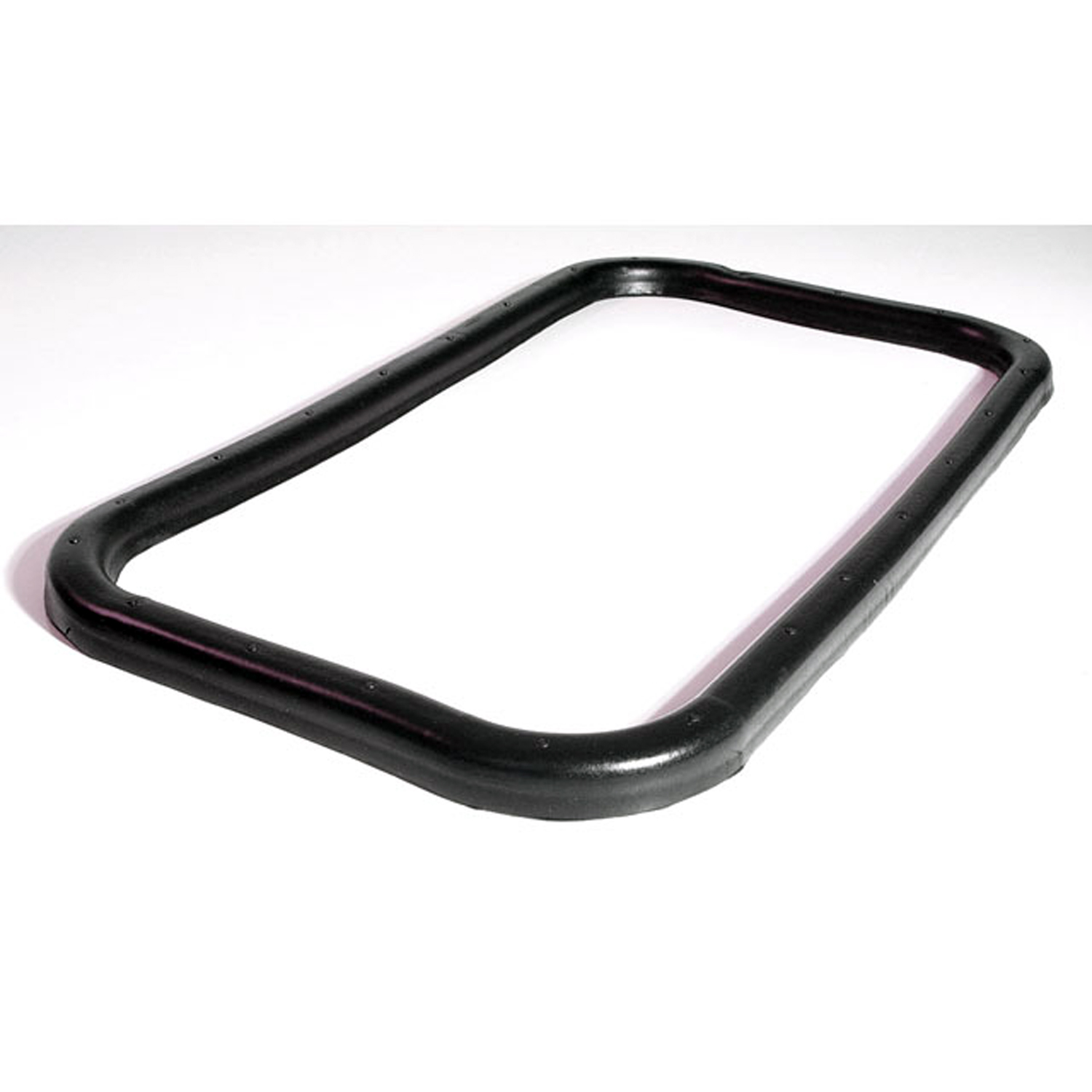 1939 Willys MB Hood to Cowl Vent Seal. Made of molded sponge-RP 100-HHood to Cowl Vent Seal. Made of molded sponge. 7-5/8" wide at side X 13-3/8" long. Each
1939 Willys MB Hood to Cowl Vent Seal. Made of molded sponge-RP 100-HHood to Cowl Vent Seal. Made of molded sponge. 7-5/8" wide at side X 13-3/8" long. EachWhy Choose Metro?
For over 100 years, Metro Moulded Parts has been the pinnacle of quality in classic car restoration parts. Our commitment to precision and authenticity in every component ensures a perfect fit and an OEM-level appearance.
- Expert Craftsmanship & Quality: Each part is a testament to our dedication to reliability and perfection, crafted from original designs and thoroughly tested.
- Advanced Technology: We use cutting-edge techniques to create flawless, long-lasting parts that surpass others in performance.
- SuperSoft Sponge – The Ultimate Door Seal: Not only are our door seals 30% softer than competitors', but they're also guaranteed to never leak. They effectively reduce wind and road noise, enhancing your classic car's comfort and driving experience.
- Proudly American: Our parts are a product of American craftsmanship, made in the USA with a spirit of excellence and heritage.
- Unrivaled Warranty: We back our products with a 30-year industry-leading warranty, a testament to our confidence in their quality.
Join us in preserving the legacy of classic cars with parts that are crafted for perfection, not just made.

